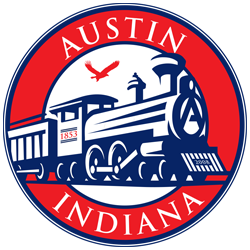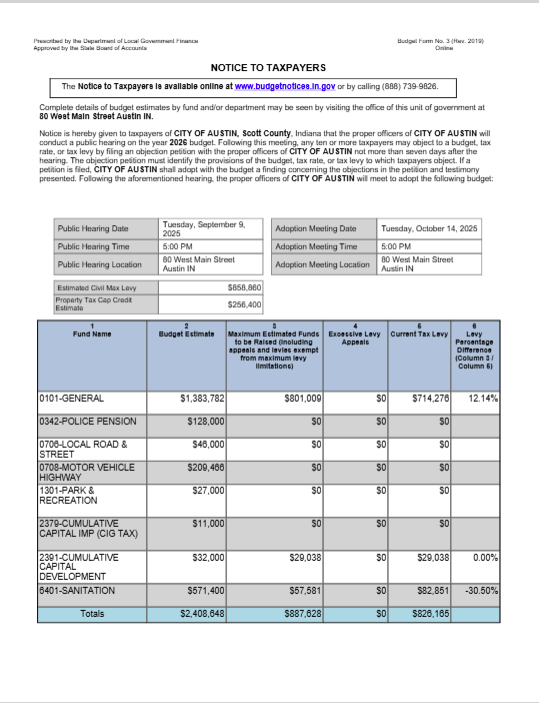AGENDA – REGULAR MEETING OF THE CITY OF AUSTIN PARKS BOARD
Austin City Hall
Monday, December 1, 2025 at 6:00 P.M.
Name Appointed by: For a term of 1 year
- J. D. Buchanan Mayor – 01/01/2025 – 12/31/2025
- Jon Smith Mayor – 01/01/2025 – 12/31/2025
- Freddie Hale Mayor – 01/01/2025 – 12/31/2025
- Glen Hollan Mayor – 01/01/2025 – 12/31/2025
- Chade Coomer Mayor – 01/01/2025 – 12/31/2025
- Robert Couch Mayor – 01/01/2025 – 12/31/2025
- Derek Turner Mayor – 01/01/2025 – 12/31/2025
- Ishmael White Township Trustee – 01/01/2025 – 12/31/2025
Call to Order
Members Present:
Minutes:
November
Claims:
November 4, 2025 through December 1, 2025
Parking Lot item Updates:
Old Business:
New Business:
ADJOURNMENT:









